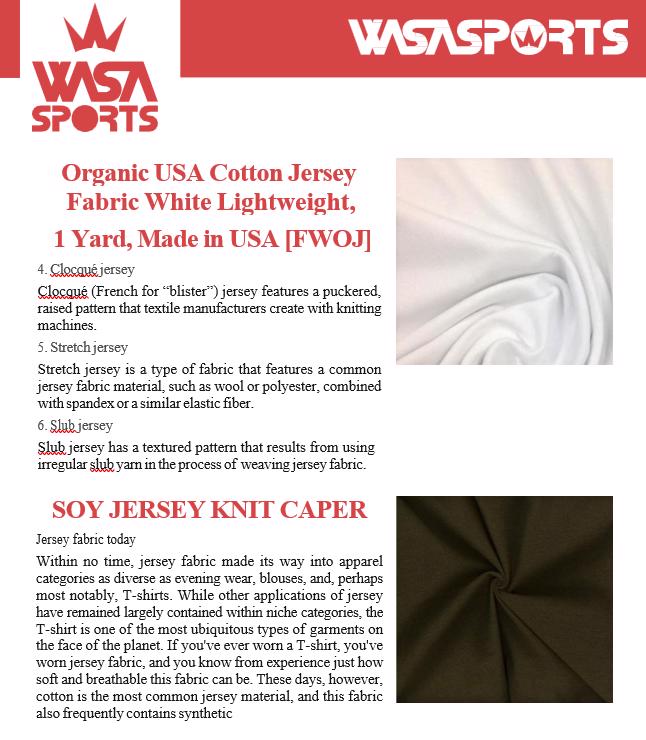
Soccer jerseys need to have sleeves, long or short and the numbers and names need to fall within FIFA specifications. Jerseys also cannot consist of more than four colours, with the goalkeeper's jersey needing to be distinguishable from the rest of the team. You may not think it is the case but soccer jersey's actually have a lot of regulations covering what the jerseys can look like and how they are designed. These rules are in place so that teams know how they are supposed to design the jerseys and try to make sure that jerseys do not affect performance. There are a variety of requirements for soccer jerseys, with this list taking a look at some of those in the FIFA regulations. One of the major rules about soccer jerseys is that teams are required to have at least two different jerseys. Usually, this will be in the form of a home kit and an away kit. These two different kits need to be clearly different colours. For example, the England football home kit is white, while the away kit is red. The two different colours are so that teams can avoid a kit clash. Teams will usually sort out before the game which team is going to wear which kit in order to avoid a clash of colours. If the kits do clash then it makes it very difficult for the players to realise who is on their team and who is the opposition. The kits also need to be a different colour for the officials. Most of the time, the officials tend to wear an all-black uniform, which is why you don't really see teams have a kit which is completely black, as this will clash with the officials. Similar to that rule is the one about goalkeeper kits. As goalkeepers are not outfield players, their kit must clearly be different to the rest of their team. This is so that the officials, players and fans can differentiate between outfield players and the goalkeeper. Part of this rule is that teams need to keep a spare goalkeeper kit that has no name or number on it, in case the goalkeeper is sent off and an outfield player has to go in goal.












